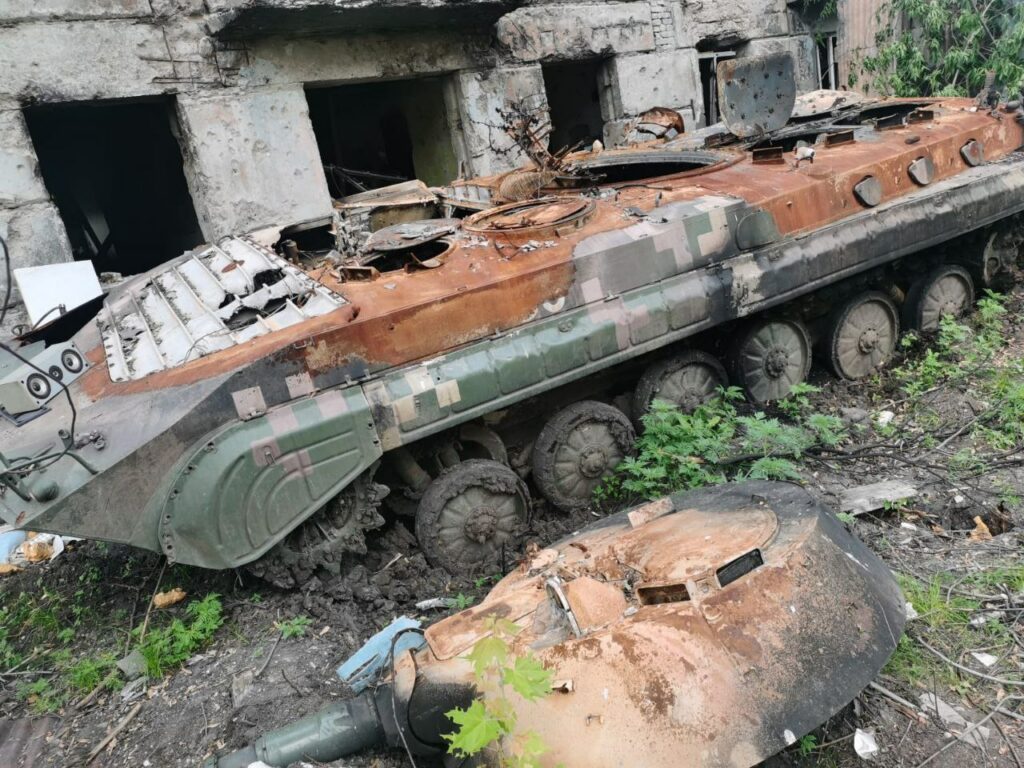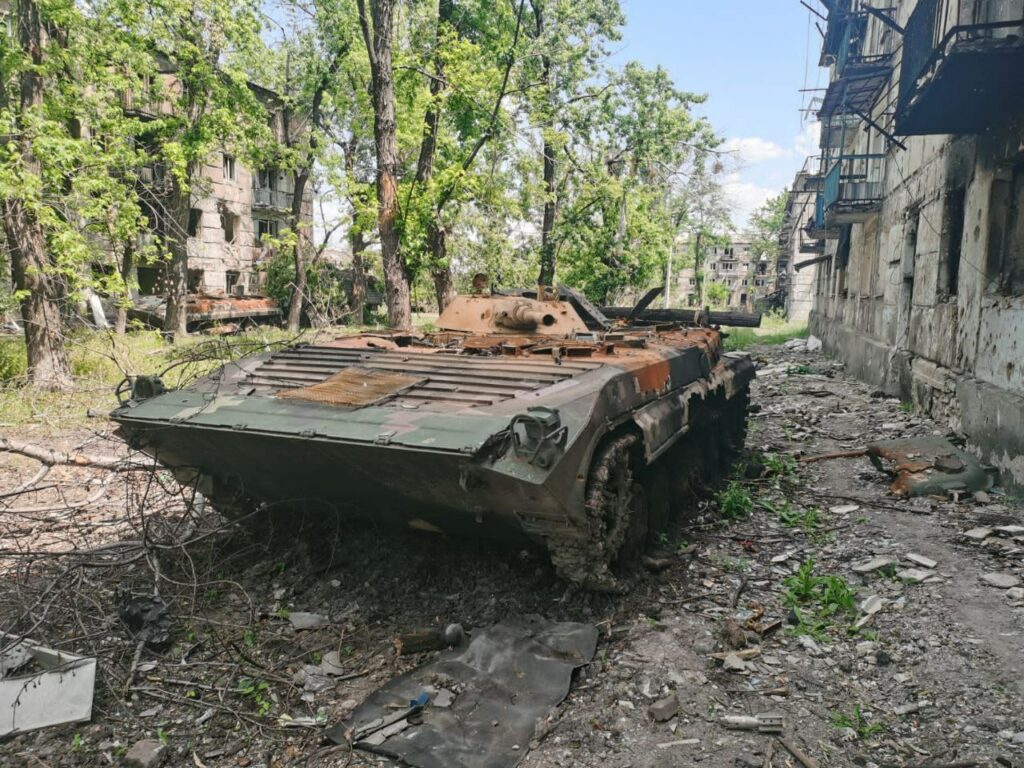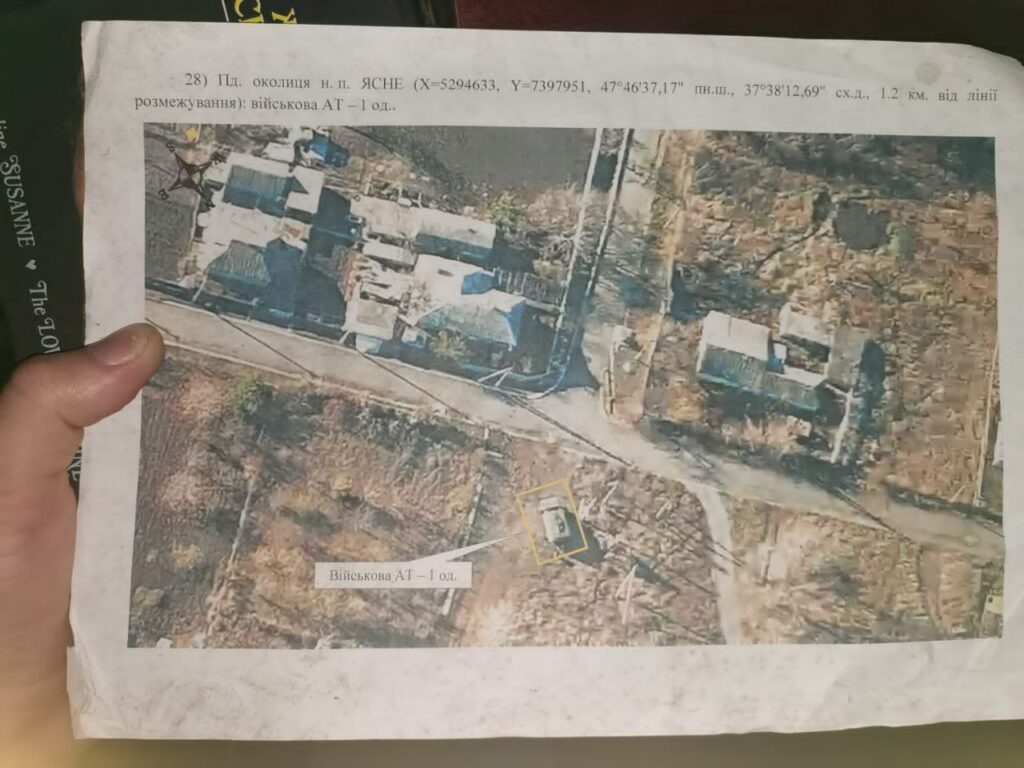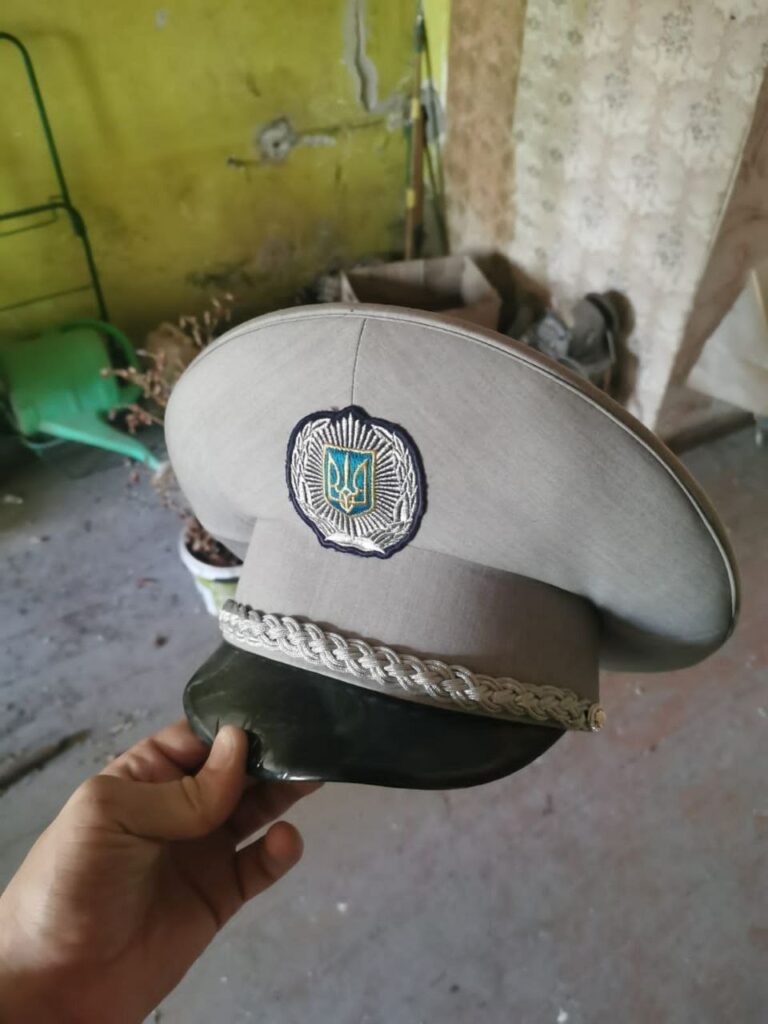Since the liberation of Kherson, Melitopol and Mariupol as well as the stabilization of the frontline around Kharkiv, units of the Russian Armed Forces have been mainly focused on the elimination of Kyiv’s military grouping in the region of Donbass.
As of June 20, Russian forces have been finishing the elimination of Kyiv’s garrison in the industrial zone of Severodonetsk and liberation of Zolotoe.
The grouping of Kyiv troops that remains in the Azot plant in Severodonetsk is de-facto cut off from the allied forces and is balancing on the verge of collapse. The situation for them became even worse with the liberation of Metelkino by the Russians. It is likely that in the near future, Russian forces will increase efforts on blocking pro-Kyiv troops in Azot and then eliminate the encircled grouping. The number of Kyiv’s fighters trapped there is estimated at around 2,500.
Around Zolotoe, the Russian formations are now clashing with pro-Kyiv units in Kamishevaha. The town of Zolotoe itself is turned into a stronghold by pro-Kyiv forces. In the current configuration of the frontline, any withdrawal of pro-Kyiv units from the town will become a disaster because they will need to move along areas controlled by the Russians under permanent artillery fire. Therefore, Kyiv troops prefer to hide in residential areas where they can use civilians as human shields.
In a separate development, Russian forces have been working to expand the foothold north of Slavyansk. Clashes there are reported around Tatianovka, Prishib and Bogorodichnoe.
In the direction of Soledar, the main area of clashes in the towns of Berestovoe and Belogorovka, east of it. The highway that links Bahmut and Lysichansk is de-facto blocked by the Russian Armed Forces. The liberation of Berestovoe or Belogorovka will even solidify this situation.
An intense positional fighting is ongoing in the area of Avdeevka. The area there is a well-fortified by Kyiv’s forces that enjoy the usage of positions in the close proximity to Donetsk and launch daily strikes on residential areas of the city.
Destroyed equipment of Kyiv’s forces:
In recent days, reports appeared about the intensification of clashes in the southern countryside of Ugledar. Pro-DPR sources claim that Kyiv’s units tried to push the Russians back towards Pavlovka but failed. In any case, this area of the contact line remains stable in conditions when Kyiv is still trying to organize reinforcements for a potential counter-attack in the eastern sector of operations.
Positional clashes continue in Mykolaiv Region. Kyiv’s forces try to attack Russian positions in the eastern part of the region. Ukrainian troops suffered serious losses, but achieved no notable successes there. Despite this, Mykolaiv and Kharkiv regions remain a point of tensions where the Kyiv leadership is still able to organize operations that would draw attention of the Russians from their current advance in the region of Donbass.
On June 19, the Russian Ministry of Defense reported that a strike with Russian Kalibr cruise missiles destroyed a command center of Kiev forces, killing over Ukrainian 50 officers, generals and members of the high command.
The pinpoint strike took place near the village of Shirokaya Dacha in Dnepropetrovsk Region. Russia said that the missiles hit the commander center where commanders of several units of Kiev forces gathered for a meeting there.
On the same day, the Russian military added that Kalibr cruise missiles were also used to destroy ten M777 howitzers and at least 20 armored vehicles, which were recently delivered from the West. The heavy weapons were stored inside a factory building in a transformer plant of Mykolaiv city.
On June 20, the Russian Defense Ministry released another statement with even more details on recent strikes in Ukraine:
Russian Federation Armed Forces continue launching attacks at military facilities located in Ukraine.
Oniks high-precision missile launched by Bastion coastal missile system has striken Artsiz airfield in Odessa region. The attack has resulted in destroying a control station for Bayraktar-TB2 unmanned aerial vehicles (UAV) and 2 UAVs of this system on the ground.
Within the counter-battery warfare, 11 plattoons of Grad multiple rocket-launching systems have been neutralised near Kurtimovka, Ochertino, Tonenkoye, Sukhaya Balka, Novgorodskoye, Mayorovka, Otradovka and Zaytsevo over the past 24 hours.
In addition, 12 artillery plattoons of the Armed Forces of Ukraine (AFU) have been neutralised at their firing positions near Dzerzhinsk, Novgorodskoye, Nikolayevka, Leninskoye and Zaytsevo.
2 M777 155-mm howitzers and their crews have been eliminated near Podgornoye.
Operational-tactical and army aviation has neutralised 47 manpower and equipment concentration areas.
The eliminated targets include: manpower and military equipment near Vesyoloye, Privolchye and Bogorodichnoye (Donetsk People’s Republic), a launching ramp of Buk-M1 multiple rocket-launching system near Seversk (Donetsk People’s Republic), as well as illumination and observation radar of S-300 air defence missile system near Novodruzhesk (Lugansk People’s Republic).
Missile troops and artillery have neutralised 148 manpower and military equipment concentration areas of the AFU, 25 command posts, as well as 59 artillery units at their firing positions.
Attacks launched by aviation, missile troops and artillery have resulted in 450 nationalists, 13 tanks and other armoured combat vehicles, as well as 16 special vehicles.
Russian air defence systems have shot down 1 MiG-29 of the Ukrainian Air Force near Apostolovo (Dnepropetrovsk region).
In addition, 9 Ukrainian UAVs have been shot down near Alisovka (Kharkov region), Verkhnetoretskoye (Donetsk People’s Republic), Grechishkino (Lugansk People’s Republic), mound Mogila Kulicha, Tomina Balka and Chernobayevka (Kherson region).
9 projectiles launched by Uragan multiple-launching system have been intercepted near Malaya Kamyshevakha and Dolgenkoye (Kharkov region), Makeyevka and Avdeyevka (Donetsk People’s Republic).
In total, 208 airplanes and 132 helicopters, 1,260 unmanned aerial vehicles, 345 anti-aircraft missile systems, 3,696 tanks and other armored combat vehicles, 576 combat vehicles equipped with multiple rocket-launching systems, 2,055 field artillery cannons and mortars, as well as 3,731 units of special military equipment have been destroyed during the special military operation.
The enemy suffers considerable losses during the special military operation.
Since May 19, during the month, only the 14th Mechanised Brigade of the AFU has lost 2,100 persons who resulted dead and wounded. Due to low moral and psychological conditions, 800 persons destined for replenishing the losses of this unit, refused to go to the operational area and accused officers of incompetence, bribery and cronyism in paying money allowance.
About 100 servicemen of a reconnaissance unit of the 10th Mountain Assault Brigade have been relieved of combat duty and transported to Kremenchug for investigation.
A considerable part of the commanders of the 30th Mechanised Brigade of the AFU have abstracted themselves from managing their units and refuse to fulfil combat tasks. All kinds of pretexts are used for simulating illness. The majority of units have already been left without any officers.
The Russian campaign of missile strikes remain focused on military infrastructure objects of Ukraine. In own turn, Kyiv’s forces, in the best traditions of the democracy, respond with the increased shelling of residential areas of the Donetsk and Lugansk People’s Republics and villages in the Russian border regions like Bryansk. The only option to put an end to these terrorist actions is the full elimination of military capabilities of Kyiv’s units deployed in these sectors as well as the elimination of the Ukrainian Armed Forces in their modern terrorist group-like format. However, the slowing down of the Russian advance in the region of Donbass in the recent weeks indicates that the achievement of this goal is not likely in the nearest future.
The Russian military has not been able to fully encircle and neutralize the grouping of Kyiv’s forces in the Donbass so far. At the same time, the Russians managed to liberate a number of important territories and towns as well as deliver a powerful blow to the most capable and well-armed military formations of Kyiv. At the same time, Kyiv and its NATO backers managed to keep positions in the area of Donetsk and Gorlovka and slow down the defeat of the main forces of its Donetsk group. Thus, they gained additional time to mobilize more cannon fodder that will be thrown to the east to stop the Russian military machine.










